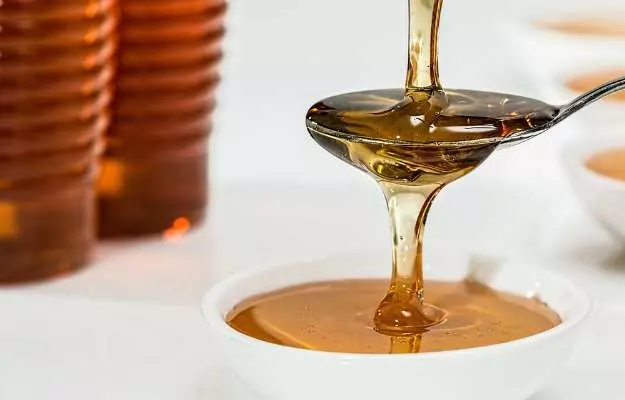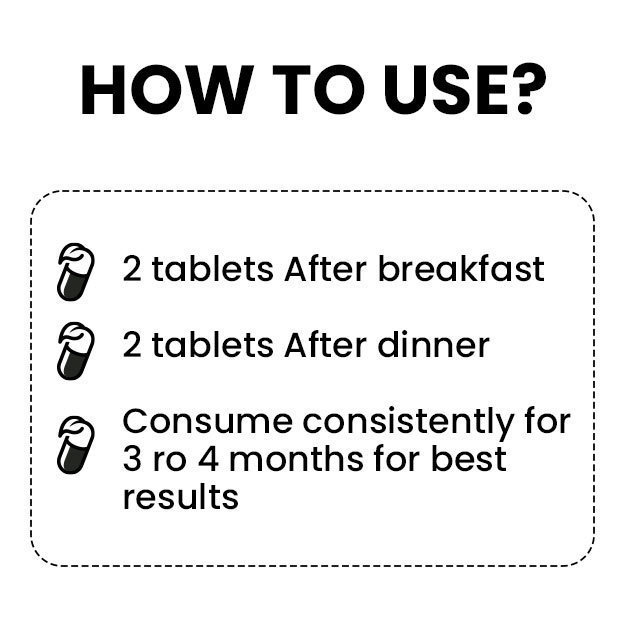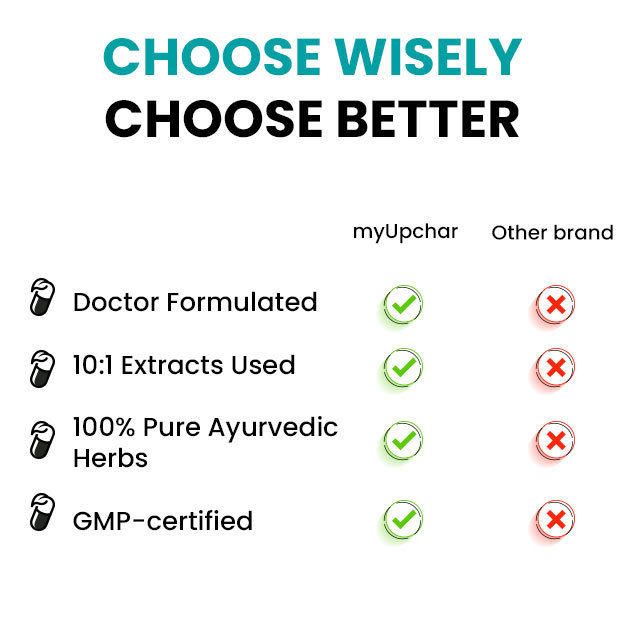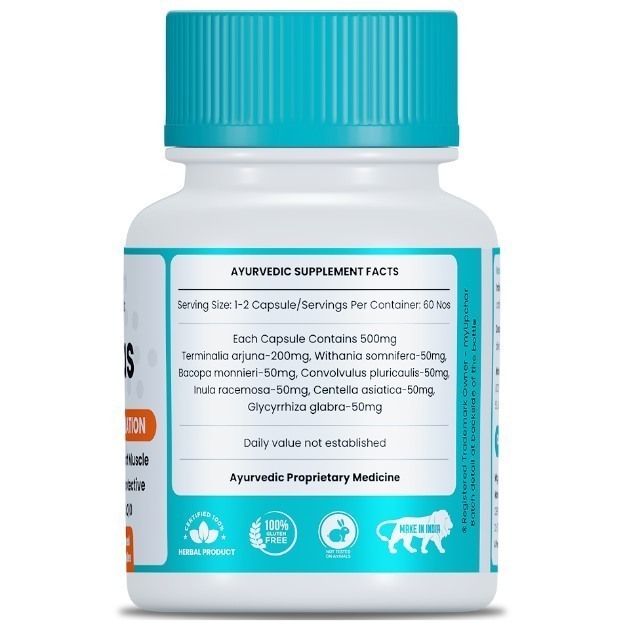Honey is a sweet, viscous liquid produced by honeybees from the nectar of flowers. Regarded as one of the healthiest foods across the globe, honey is an amazing formulation with a lot of medicinal value. It is also the most widely used sweetener. In fact, sugar was nonexistent until the intercontinental trade in the 18th century, which made cane sugar available.
Honey bees seem to have originated in Africa but they are believed to be in existence for about 100 million years. So it’s no surprise that people from every part of the world use honey. Mythology and scriptures of almost all ancient civilisations have the mention of honey. It has even been mentioned for its nutritious properties in the Bible and is referred to as a healing drink in Qur'an. Honey has a special place in ayurveda due to its many healing benefits. Even the modern-day science agrees with the innumerable benefits of honey. No wonder it is called the "food of Gods".
Natural honey is graded by its colour - the clear, golden amber ones fetch a higher retail price compared to the darker ones. Light coloured honey is usually milder and sweeter when compared to the darker ones, which have a stronger taste.
Honey is available in two forms - raw and processed. Raw honey contains all the enzymes, pollen grains and other micronutrients that are usually filtered out or destroyed by heat when the honey is processed. This type of honey crystallizes quite quickly as it is unfiltered. On the other hand, processed honey stays in the liquid form for much longer.
Depending on where it has to be marketed, honey may be bottled directly into small containers (for retail sale) or into large drums (for storage and export). In order to cater to a wide range of consumers, honey is packaged in containers of many different sizes and styles. These include glass jars, plastic tubs, and squeezable bottles.
Did you know?
The flavour, taste, texture and properties of honey vary depending on the nectar of the flower from which it is taken. This is why the taste, texture, and characteristics of honey vary from region to region even with the same country.
Some basic facts about honey:
- Common name: Shahad (Hindi), Honey
- Sanskrit name: Madhu
- Native region and geographical distribution: The major producers of honey are China, Turkey, the United States, Russia, and India.
- Interesting Fact: If kept in an airtight container, honey has an eternal shelf life. It never gets spoiled.


































